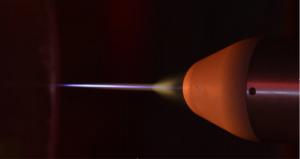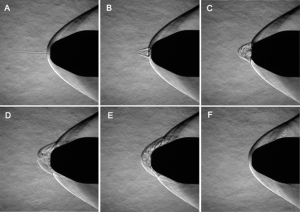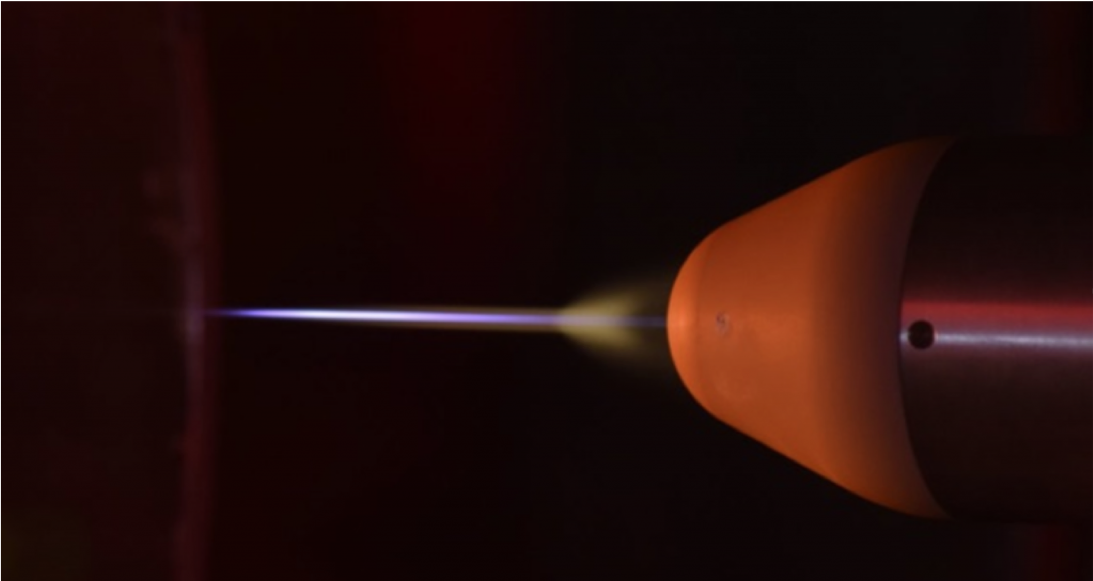A laser-plasma tool to reduce the drag experienced by a supersonic objec
When a body moves in the atmosphere with a supersonic velocity, a shock wave is generated. This leads to a considerable increase in the drag experienced by the supersonic object towing the shock wave. This shock wave increases fuel consumption and produces a sonic boom that renders regular supersonic flight above populated area unacceptable. Through a collaboration with the French aerospace Lab ONERA and with Phasic company, researchers from LOA recently demonstrated that an embarked terawatt femtosecond laser can significantly decrease this drag. A 50% transient reduction of drag has been measured on a test model placed in a supersonic wind tunnel at Mach 3. This effect was initiated by the thin hot air column created in front of the supersonic object by filamentation of the laser pulse. This technique also offers possible means of weightless steering.


Reference: “Improving supersonic flights with femtosecond laser filamentation”, P.-Q. Elias, N. Severac, J.-M. Luyssen, Y.-B. André, I. Doudet, B. Wattellier, J.-P. Tobeli, S. Albert, B. Mahieu, R. Bur, A. Mysyrowicz and A. Houard, Science Advances 4, eaau5239 (november 2018)



